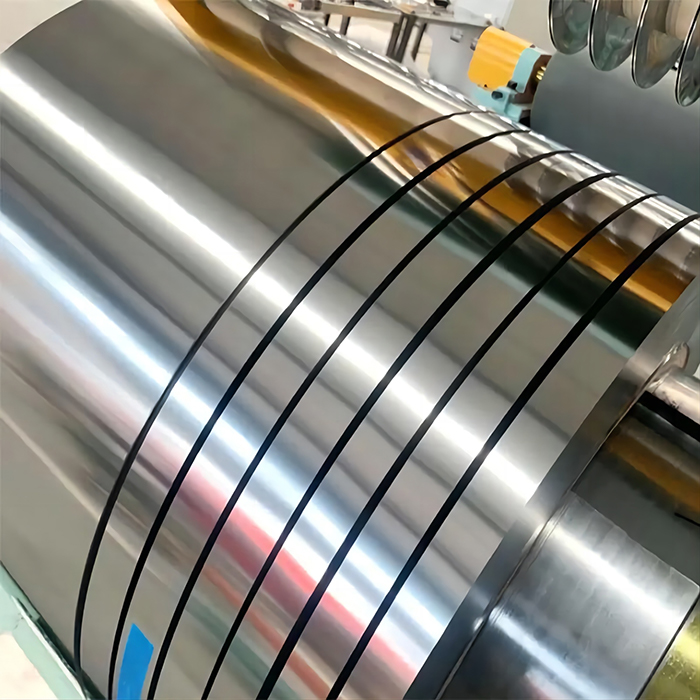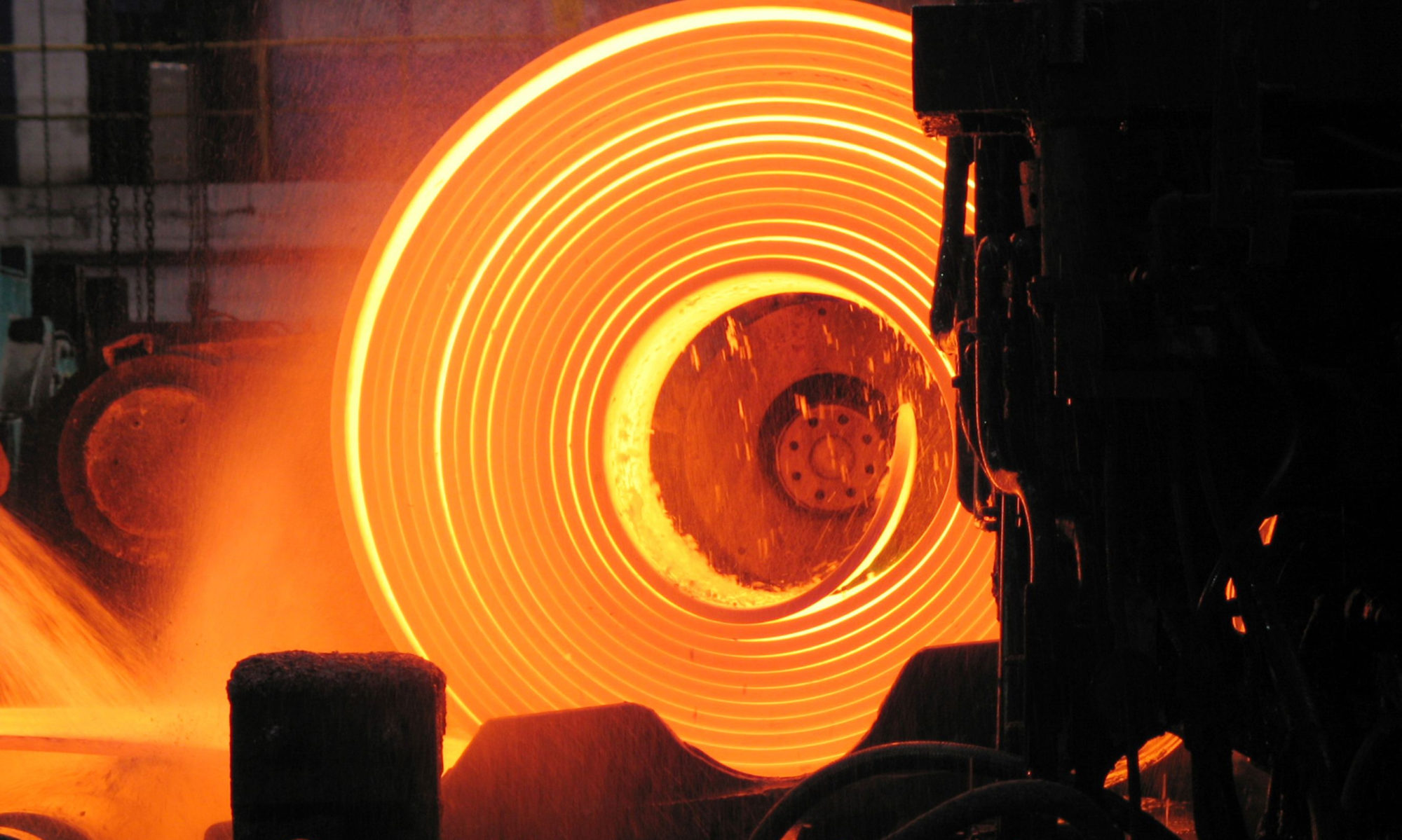444 Stainless Steel Elemental Composition
444 stainless steel is a low-carbon austenitic stainless steel, typically composed of the following elements:
Chromium (Cr): Approximately 23.5% to 27%. Chromium is the primary alloying element in stainless steel, providing corrosion resistance.
Nickel (Ni): Approximately 1.5% to 2.5%. The addition of nickel enhances the steel’s strength and corrosion resistance.
Molybdenum (Mo): Approximately 0.1% to 1.0%. Molybdenum improves the steel’s resistance to corrosion, particularly against chloride attacks.
Manganese (Mn): Approximately 1.0% to 2.5%. Manganese contributes to the steel’s strength and corrosion resistance.
Silicon (Si): Approximately 1.0% or less. Silicon enhances the thermal stability and oxidation resistance of the steel.
Carbon (C): Typically below 0.025%. A low carbon content helps improve the weldability and corrosion resistance of the steel.
The content of these elements can vary according to different manufacturing standards and requirements. Therefore, for specific 444 stainless steel elemental content, please refer to the technical specifications provided by the manufacturer or consult a materials engineer.
The high chromium and molybdenum content of this steel grade provides excellent corrosion resistance, while the presence of copper enhances its resistance to various media. The content of molybdenum and copper also determines its performance and application fields to some extent.
444 Mechanical Properties
444 stainless steel is an austenitic stainless steel with high corrosion resistance. Here are some general mechanical properties of 444 stainless steel:
Yield Strength: Typically around 275 to 300 megapascals (MPa).
Tensile Strength: Typically around 485 to 620 MPa.
Elongation: Typically around 20% to 30%.
Hardness: Typically around 150 to 220 Brinell hardness (HB).
Fracture Toughness: Typically around 30 to 50 megapascals square root meters (MPa·m^0.5).
It should be noted that specific mechanical properties may vary with different manufacturing standards, processing states, and heat treatment conditions. Therefore, the above values are for general reference only. For more specific mechanical property data of 444 stainless steel, it is recommended to refer to the technical specifications provided by the manufacturer or consult a materials engineer.
444 Stainless Steel Applications Fields
Due to its excellent corrosion resistance and high mechanical performance, 444 stainless steel is widely used in the following fields:
1. Building Materials: 444 stainless steel, with its excellent corrosion resistance and resistance to stress corrosion cracking, is particularly suitable for marine environments and chloride environments. Therefore, it is widely used in building exteriors, roofing, window frames, and doors.
2. Water Treatment Equipment: 444 stainless steel has good corrosion resistance to various corrosive environments, including chlorinated water treatment environments. Thus, it is often used to manufacture water treatment equipment such as reverse osmosis systems and water purification devices.
3. Heat Exchangers: Due to the good stability and corrosion resistance of 444 stainless steel at high temperatures, it is often used to manufacture heat exchangers, especially in environments with corrosive media.
4. Automotive Industry: The high thermal stability and good weldability of 444 stainless steel make it widely used in the automotive industry, such as in manufacturing components for exhaust systems.
444 Stainless Steel Advantages Analysis
The main advantages of 444 stainless steel can be summarized as follows:
1. Excellent Corrosion Resistance: Due to its high chromium and molybdenum content, 444 stainless steel has excellent corrosion resistance. This allows it to remain stable in various harsh environments, such as marine environments, chlorinated environments, and high-temperature conditions.
2. High Mechanical Performance: 444 stainless steel has high mechanical performance, including good tensile strength, yield strength, and hardness. This gives it an advantage in applications that need to withstand heavy loads or high pressures, such as in construction and automotive.
3. Good Weldability: 444 stainless steel has excellent weldability and can be welded using various common welding methods, with the weld joints maintaining good strength and corrosion resistance.
4. High Thermal Stability: For equipment that needs to operate at high temperatures, such as heat exchangers and automotive exhaust systems, the high thermal stability of 444 stainless steel gives it an advantage.
5. Resistance to Stress Corrosion Cracking: 444 stainless steel also has excellent resistance to stress corrosion cracking, allowing it to remain stable in environments where it is subjected to both stress and corrosive media, such as marine and chemical environments.
Through the above analysis, we can see that the elemental composition of 444 stainless steel provides it with excellent corrosion resistance and high mechanical performance, making it widely applicable in various fields. Additionally, its thermal stability, resistance to stress corrosion cracking, and good weldability also give it advantages in specific application environments. Therefore, 444 stainless steel is an outstanding stainless steel material that is worth widespread use in various applications.
Summary
At Aoxing Mill, we recognize the superior qualities of 444 stainless steel and its pivotal role in modern industry. Our commitment to quality ensures that our 444 stainless steel products meet the highest standards, suitable for a wide range of applications from construction to high-end technology. With Aoxing Mill, you can expect materials that stand the test of time and environments, providing reliability and performance where it matters most.
Post time: Nov-06-2023






